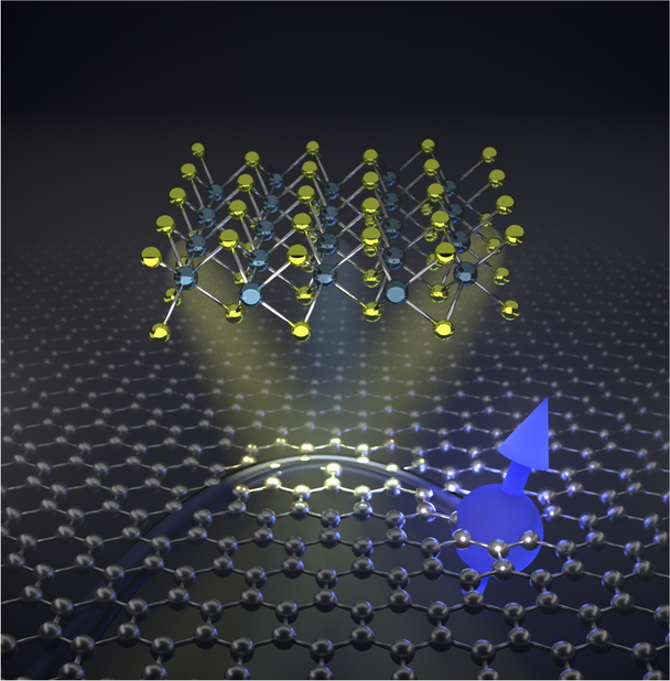Welcome to the 'MIND' Group webpage.
Our group is located in the Clarendon Laboratory (Physics Department), University of Oxford. The group is led by Dr. Safeer Chenattukuzhiyil. We work in close collaboration with the Thin Film Quantum Materials group.
Our research is aimed at shaping futuristic computing architecture. We are interested in studying the physics, materials, and engineering aspects involved in developing next-generation memory, logic, and brain-inspired computing hardware.
Currently, we focus on two research themes given below.
2D Spin Computing Devices
This project is funded by The Royal Society University Research Fellowship. Two PhD positions are available starting from October 2026.

As the advancement of silicon-based electronic devices nears its limits, researchers are exploring two main strategies to overcome stagnation in computing technology: developing new material systems, such as two-dimensional (2D) van der Waals materials, and innovating beyond-CMOS device concepts like spintronics. This project aims to combine these approaches to create 2D van der Waals materials and spintronics-based computing devices.
Spintronics focuses on manipulating electron spin to enhance device functionality. The initial phase of the project addresses these challenges by devising new 2D spin-orbit memory and logic architectures, followed by a novel device scheme that utilizes spin-charge interconversion and spin transport in graphene to replicate brain-like neural communication.
Nonlinear Wave-Based Neuromorphic Computing Hardware
This project aims to develop energy-efficient neuromorphic computing hardware by leveraging the nonlinear dynamics of waves.

Current artificial intelligence systems, primarily in software form, heavily depend on executing complex machine learning algorithms on energy-intensive CMOS hardware, prompting the need to explore alternative approaches for brain-inspired computing. Our approach utilizes the natural nonlinear behavior of physical systems to imitate neural network behaviors, helping to reduce computational complexity and power consumption.
The project currently focuses on utilizing acoustic waves and spin waves as key elements for advancing neuromorphic computing. Acoustic waves offer unique properties that can enhance data processing and storage capabilities, while spin waves present opportunities for efficient information transfer and manipulation in magnetic materials. We are exploring their usefulness for artificial intelligence applications such as robotics and speech recognition.
